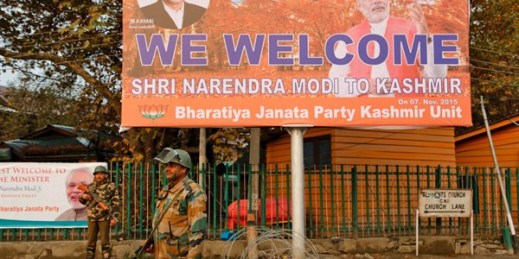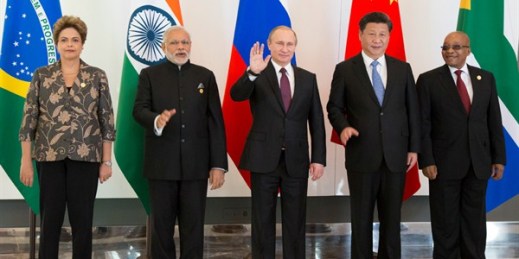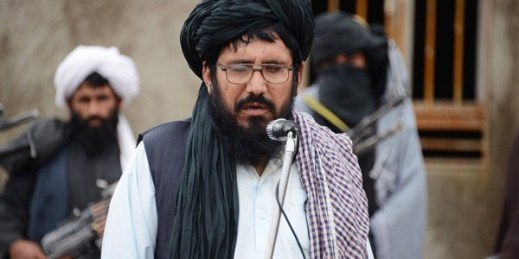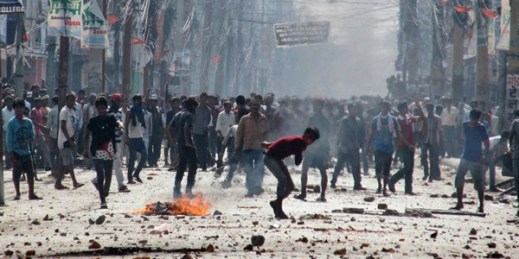
Indian Prime Minister Narendra Modi’s visit to Kashmir earlier this month brought steel barricades, razor wire, a curfew and other tight security measures to the contested territory on India and Pakistan’s border as Pakistan-backed separatists took to the streets in protest. It was just the latest sign of how Kashmir has re-emerged as the most critical issue in India-Pakistan relations. Pakistani Prime Minister Nawaz Sharif’s visit to Washington last month offered further proof. With an agenda otherwise dominated by U.S. security concerns vis-a-vis Afghanistan, Sharif ensured that the long-running Kashmir conflict remained a priority. In a meeting with senior U.S. […]



